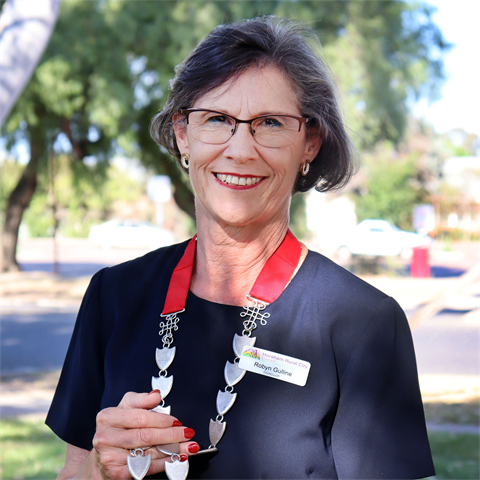Cr Robyn Gulline: The hidden gem of Council's budget
Published on 28 April 2021

Horsham Rural City Council’s draft 2021-2022 Budget and supporting documents are out for community consultation for the next six weeks.
While much of the discussion centres on rates, I wanted to highlight a part of the budget process that is crucial to the ongoing success of our community groups.
Council’s annual Community Grants and Donations Program is factored into the budget and provides local organisations with $440,527 in funding.
In 2021, there has been an additional $50,000 allocated from Council’s COVID support package from last year’s budget.
This has meant more funds available to support groups such as sports clubs, halls, kindergartens to assist with their maintenance and facility improvements as well as grants for specific projects and events.
Council received 73 community grant applications for specific projects with 77% of the total dollar requests funded.
The local expenditure resulting from this Council support will provide an important economic stimulus and I look forward to seeing the successful projects coming to fruition over the next 12 months.
Another positive story from this year’s draft budget is that spending on rural roads is increasing overall by $1.56 million or 27 per cent.
Along with waste management, funding for rural roads is consistently one of Council’s largest expenses. This year’s increase is due to the fact that many in the agricultural community have advocated strongly for improved roads, and I am pleased that their persistence has paid off.
Of course, the money being spent must come from somewhere, and the draft budget details the proposed revenue streams over the next year.
Local government delivers more than 80 services directly to the community. For every $100 of taxes collected in Australia, only $3 is collected by local government.
Under State Government legislation, Councils collect taxes (rates), based on property value to fund these services. It is important to remember that a tax is not a fee for service but a contribution for the benefit and betterment of our municipal community.
The Local Government Rate Review noted that “fairness and equity” mean different things to different people. No matter how the rating system might be modified or reformed, some sources of inequity lie beyond the rating system.
Councils may use differentials or discounts to soften the shock of large property value fluctuations, but they are not necessarily seen as fair by those who pay the full rate.
On average last year, farm valuations increased by 27.42% residential values increased by 4.46%, commercial decreased by 3% and industrial increased by 1.58%.
It is proposed to retain the 95% differentials for commercial and industrial properties and reduce the farm differential from 67% to 59%. This means that farmers will pay rates on 59% of the value of their property.
The municipal charge is a flat fee paid on every assessment. This tax hits the lower valued properties hardest. Horsham Rural City Council is proposing to reduce the municipal charge from $274 to $240 in this budget.
I encourage members of the community to review the proposed 2021-2022 budget and supporting documents and provide any feedback they would like Council to consider prior to formal adoption of the budget in late June.